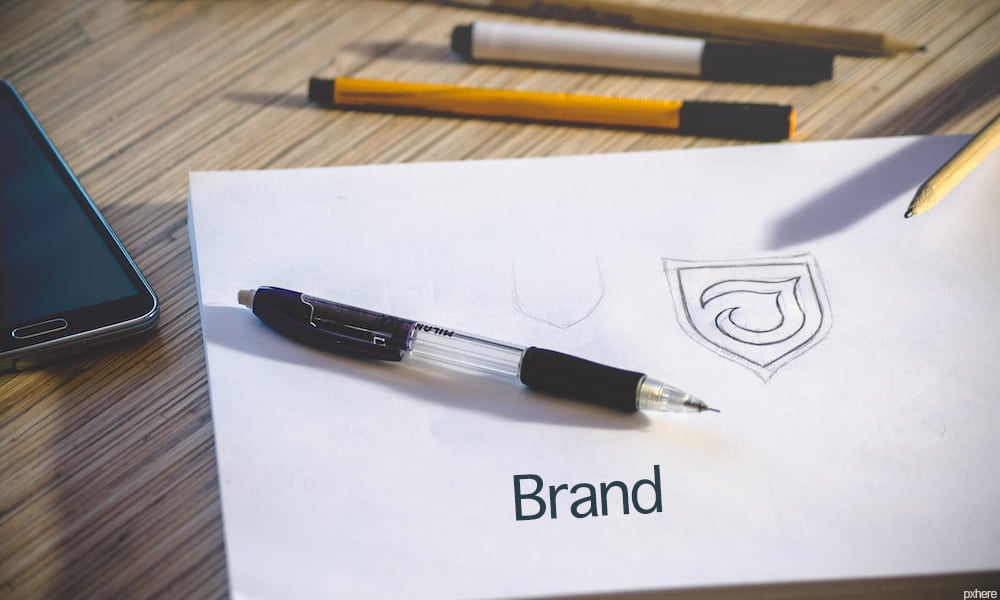Marketing
How Scraping Helps With Brand Protection

Regardless of the size of your business or the industry, you are operating in, arguably the most valuable thing you own is your company’s brand (and all the intellectual property connected to it).
It defines your business and makes it unique. Your brand is what separates your business from dozens of others that all provide (roughly) the same product or service.
And with that much depending on that critical defining feature, it is only logical that you want to do everything you can to protect your brand.
You see, there are counterfeiters and malicious miscreants all around, trying to get their hands on the brand that you have worked so hard on to create. Luckily, copyright and brand protection can help you stop these thieves in their tracks.
Cybersecurity companies can track down fraudulent activity in a heartbeat using several different online techniques, including web scrapers. So how does this work exactly?
We’ll explain it in more detail in this short guide to brand protection below. Let’s have a look!
Brand Protection 101
Ok, so what is brand protection exactly? Brand protection is the overarching term for many different tactics to protect and monitor the use of your brand and any form of intellectual property.
Intellectual property is the term used for a certain type of asset that belongs to a company. When we talk of intellectual property, we mean “creations of the mind.” This could be your brand’s unique name, the header image you use on your company’s website, or the written content that features on your company blog.
You have the sole right to such assets, which means when someone else uses your intellectual property without prior consent, it can constitute brand infringement.
What is brand infringement?
Brand infringement (or brand abuse) refers to any unauthorized use of a brand or its related intellectual property and this can happen in many different forms.
Brand infringement examples
- Trademark infringement – when someone duplicates or creates replicas or products that are trademarked by and sold under your brand
- Copyright infringement – probably the best-known example, which is when someone steals copyrighted material
- Brand impersonation – when another party acts as if they are you, for example, by creating a fake website or social media profile that is supposed to trick customers into thinking it’s your brand
- Trade dress infringement – which is similar to copyright infringement but specifically related to the “commercial look and feel of a product”
These are just a few of the most common examples of how people may try to benefit from your brand and intellectual property.
Further note that brand impersonation often happens by creating rogue websites. These are often near-exact replicas of your company’s website. These duplicate websites are used to scam unaware customers who think they are browsing through your company’s site.
How To Protect Your Brand
Now you know a bit more about what’s at stake and how scammers might try to steal your intellectual property, let’s have a closer look at how you can avoid this from happening.
A significant first step is to protect your assets through copyright or trademark registration. This gives you full legal ownership over these assets and puts you in a stronger position to force others to stop using your brand or intellectual property without your consent.
Once you have these legal safeguards in place, it is time to actually enforce it. But with billions of pages on the web, how do you go about monitoring which might be using your brand or intellectual property?
One way is by using web scraping.
Web Scraping For Brand Protection
Before you say that web scraping is illegal and infringes copyright laws itself, note that that’s actually not entirely true (or at least, depending on how you use web scraping).
For example, you could use a web scraper that serves as a Google autocomplete API to gain insights from Google’s autocomplete functionality; or, you could build your own one. Google might try to block your scraper from doing so, but it won’t actually file a lawsuit against you.
In fact, many market-leading programs, especially SEO tools like SEMrush and Ahrefs, are technically just web scrapers.
But so can web scraping help protect your brand?
Well, say you want to see if anyone is selling counterfeit products (replicas of your product) on online marketplaces like Amazon or eBay.
What you can do is program a robot (web scraper) to scrape these marketplaces for similar products, for example, by scraping data from a specific product category.
Once you have all this scraped data, you can use image and text recognition software that pairs your brand assets with potential identical matches in the scraped data.
A common technique used by such software is optical character recognition (OCR), which can automatically detect similar characters in datasets.
Similarly, you can use a web scraper to collect data from other relevant locations on the web where thieves might be using your intellectual property.
For example, you can scrape social media platforms to detect fake profiles or scrape search engines to see duplicate sites or paid search ads that try to outrank your brand’s website.
This way, you can easily keep track of any counterfeiters or fraudsters that might be trying to benefit from your company’s brand.






